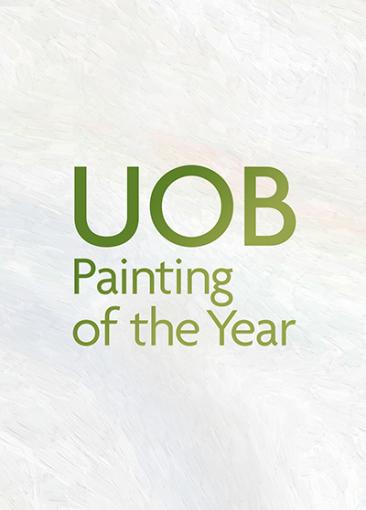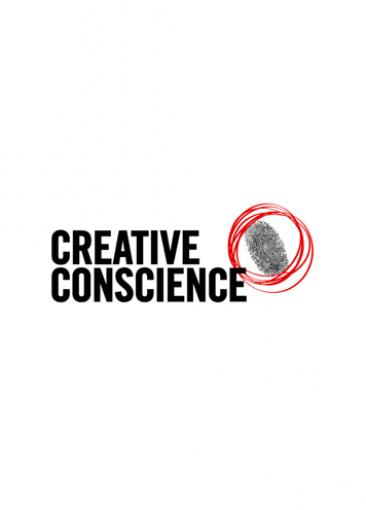‘Tari Silat’ is commonly known as part of a martial art. Every gesture and step bounce a signal language that represents a meaning while pertaining to the politeness of the movements. Tari Silat is taught in one of the syllabuses at the Faculty of Film Theatre and Animation UiTM Puncak Perdana under the Centre of Theatre. The current pandemic situation has affected the world of the education system widely and requires a new paradigm. Many issues have arisen especially in the field of performing arts education since this discipline is about being on stage to see the output.
The Singapore government has long harnessed arts and culture for national-ideological purposes, including projecting a vision of unity in a multiculturalism rooted in what many scholars have criticised as essentialised 'CMIO' categories. Artists, on the other hand, seek to express everyday multiculturalism and identity formation as lived and experienced by people at home, work, and social settings.
ISSUE is an international art journal focused on exploring issues in contemporary art. With an emphasis on Asia and Singapore, this annual publication is an inter and trans-disciplinary journal that curates research articles, essays, interviews and creative expressions on a range of disciplines from contemporary art, film, music to theatre.
Citation:
Purushothaman, Venka, et al., editors. ISSUE Arrhythmia: Special Volume. Singapore, LASALLE College of the Arts, 2022.
The ‘extended body’ defines a growing body of work in the realm of biological art that uses biological material towards the creation of art. The cellF project is one example that uses in-vitro human neurons as the engine to drive a custom-made analogue modular synthesiser. cellF exists on the peripheries of art, science, music and design to create a semi-living musical instrument. It points the way to future scenarios of autonomous music-making entities that are driven by intelligence born from living cells and tissue.
Ronald Lay has spent the last ten years working as an art therapy educator, and he shares his observations of the local mental health scene in the last decade. Notably, there are significant cultural differences between the East and the West, and while some stigmas are rooted in cultural prejudices, there are some Eastern values that also support the mental health of the community in Singapore.
Citation:
Research into arts-based interventions is complex as art cannot be directly translated into words. Increasingly, there has been a global incessant call for research into using the arts in a range of mental health disciplines. Ongoing debates over methodology, primarily quantitative and qualitative, persist and this just may affect one's decision to engage in research.
Responding to natural disasters is something that we each do in our own way. We may first learn of impending natural disasters through mass media, and most certainly we are inundated with images, stories, and accounts of the damage, devastation, and trauma during and after the fact.
The chapter pursues two goals: first, it aims to situate big data analysis within the growing field of digital humanities; second, it employs an empirical exploration of the project “Deep Mapping” to discuss and demonstrate challenges and opportunities of the recent advancements in the big data digital humanities, specifically in the field of cultural geo-visualization. It identifies and examines three foundational levels of digital humanities research practices which include (1) Data Aggregation, (2) Data Visualization, and (3) Data Intelligence.
This chapter conceptualizes changes in arts management practices from the perspective of cultural diplomacy, which has experienced significant transformations in the age of increasing digitalization. It explores and illustrates how new media technologies and data practices recalibrate the context in which cultural diplomacy operates by reshaping the medium of artistic communication, empowering new actors and equipping them with new tools to establish, deliver, maintain, and assess their global communication campaigns.
The article interrogates if data visualization, despite its inherited subjectivity, can be used not only as a tool for data representation but also as a research platform to facilitate an iterative exploratory process to identify new themes, raise new questions, and generate new knowledge. It addresses this task by pursuing a twofold research goal. On the one hand, it confirms previous findings that have documented the political power of data visualization specifically in the field of scorecard diplomacy.



